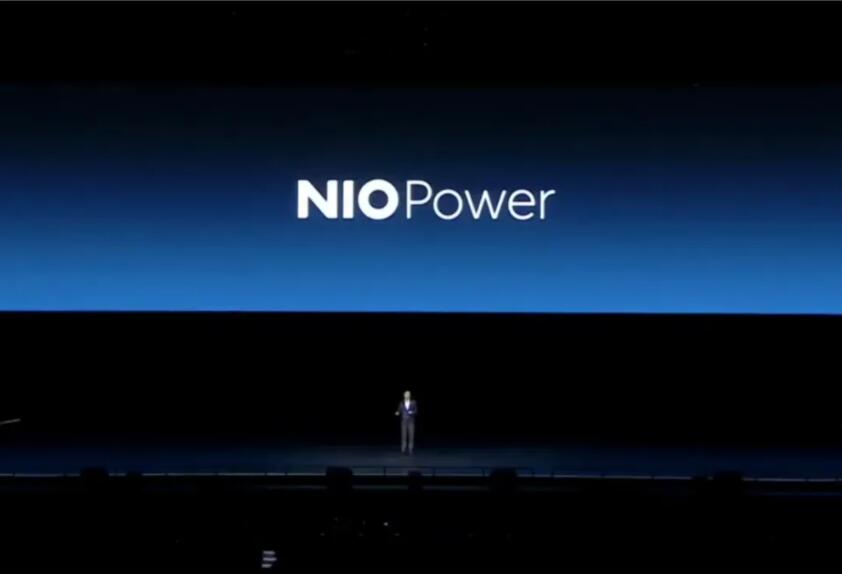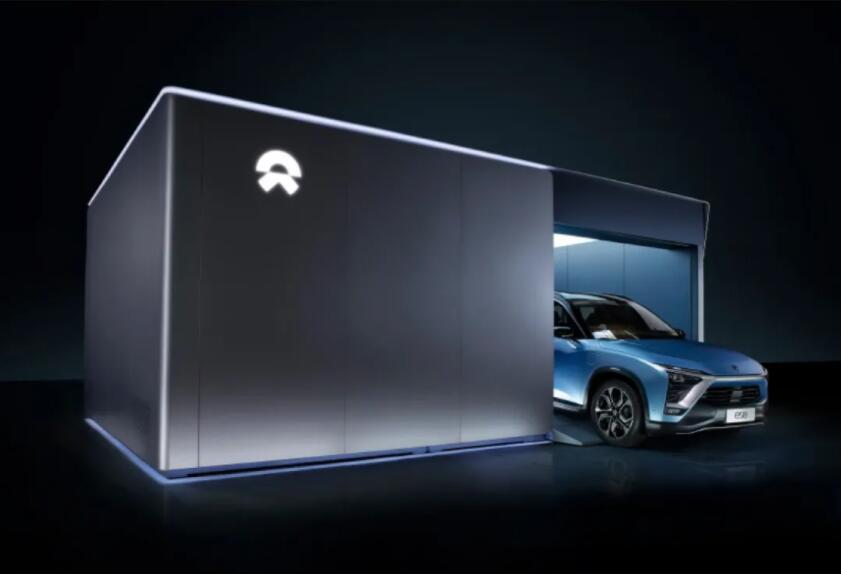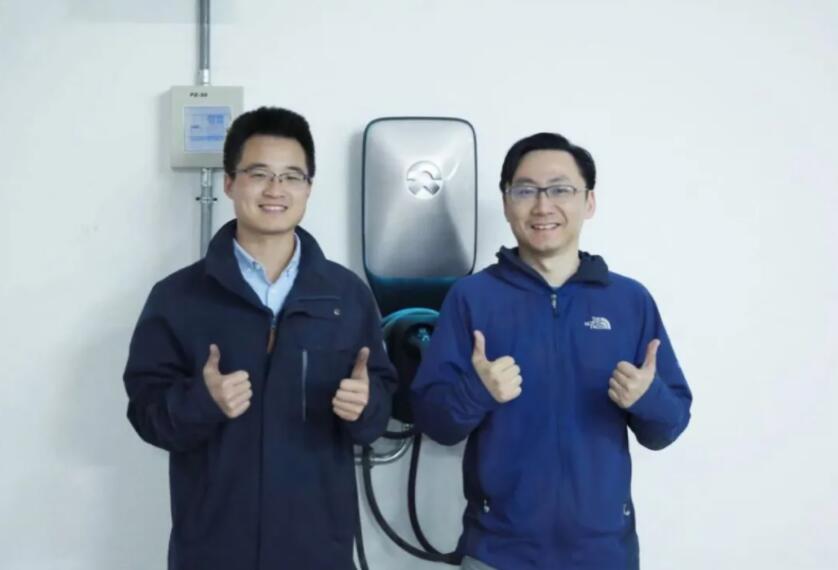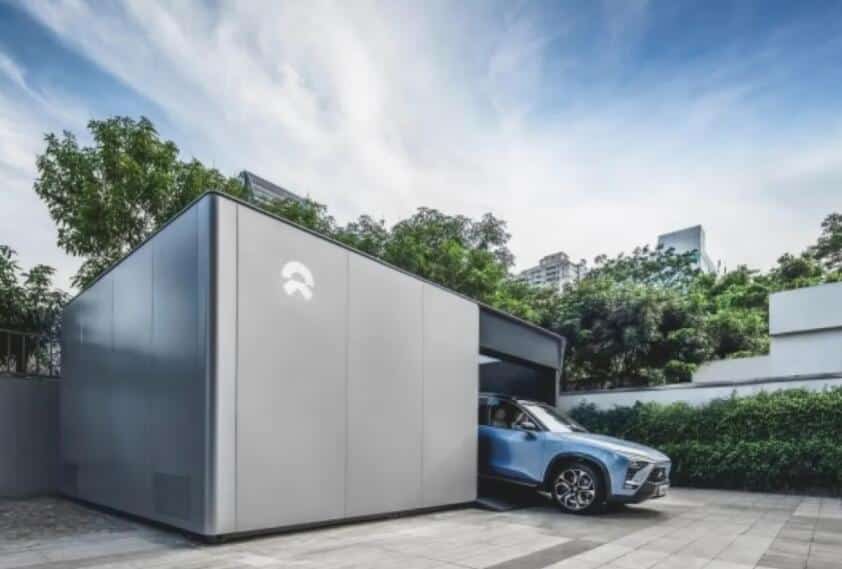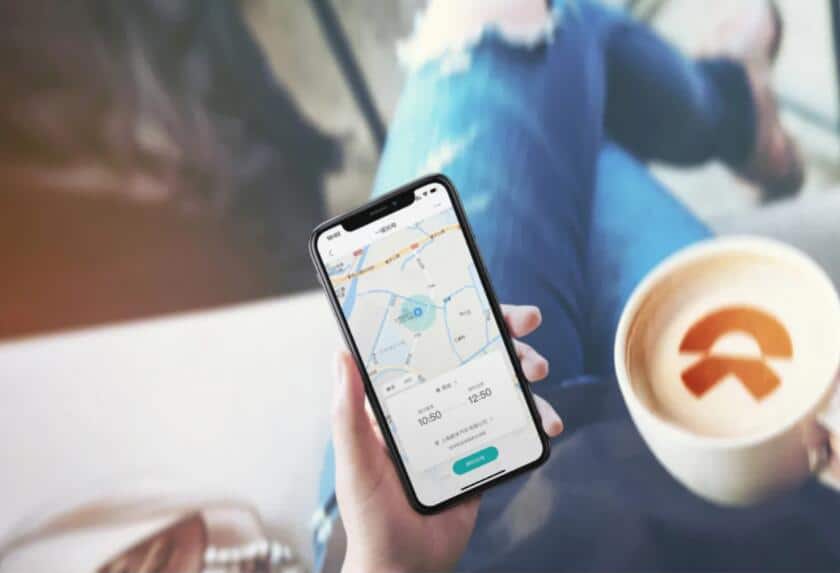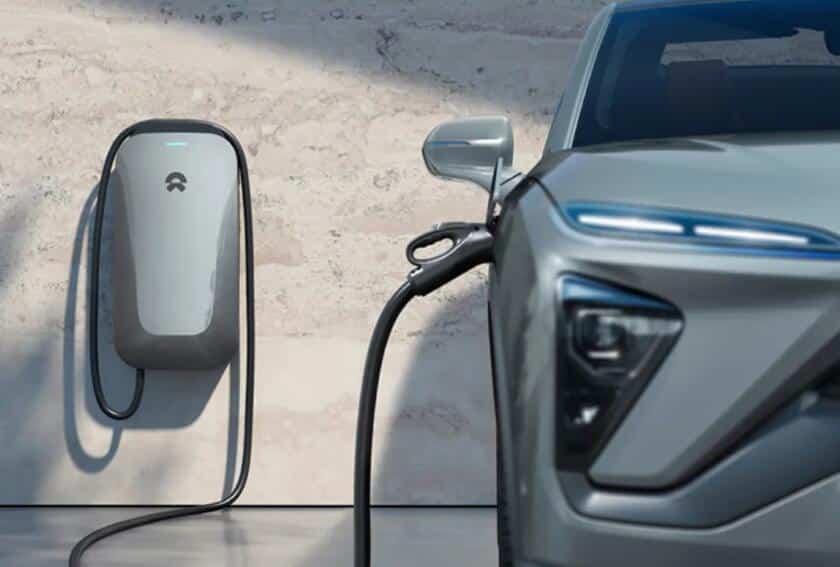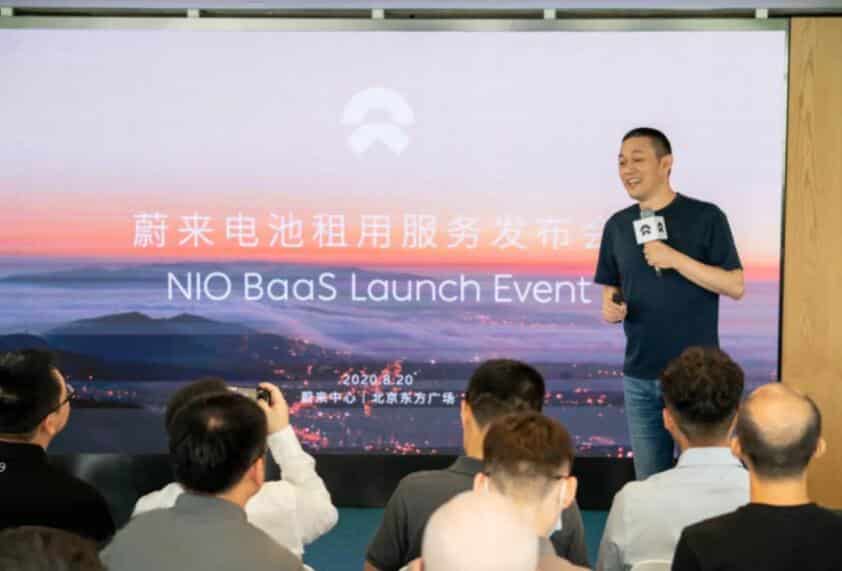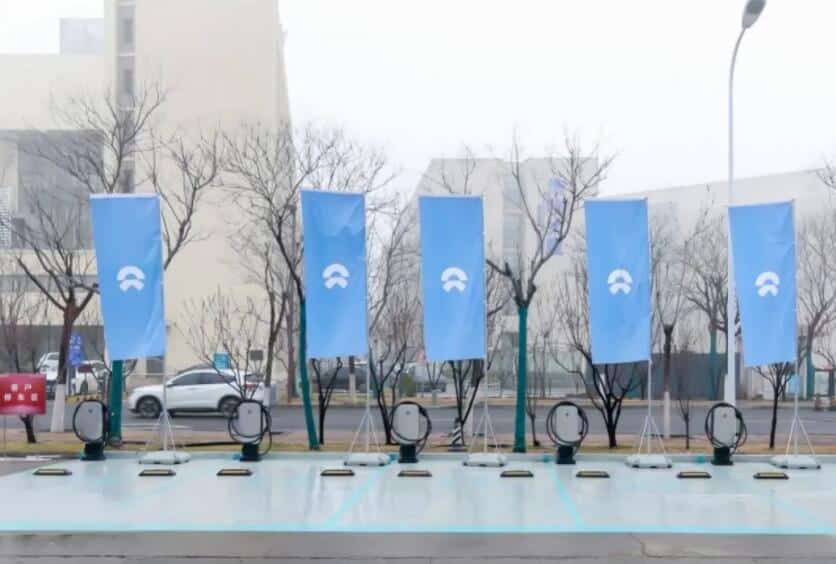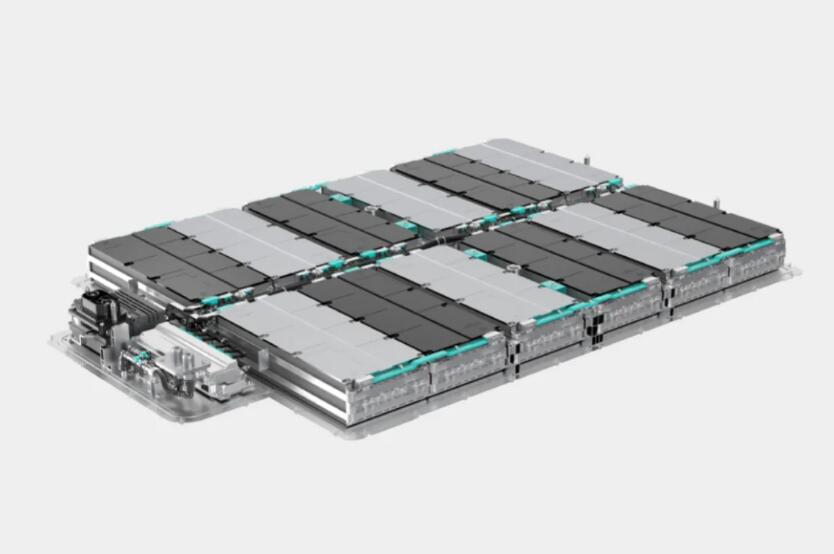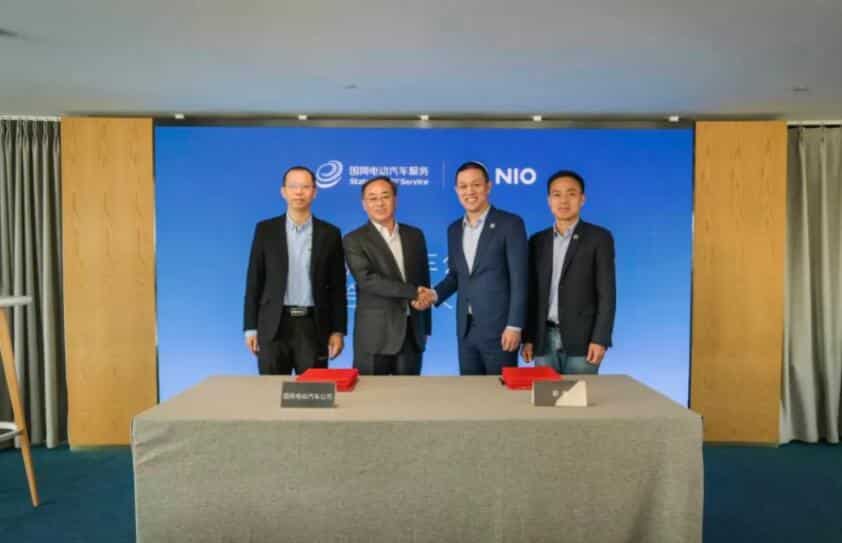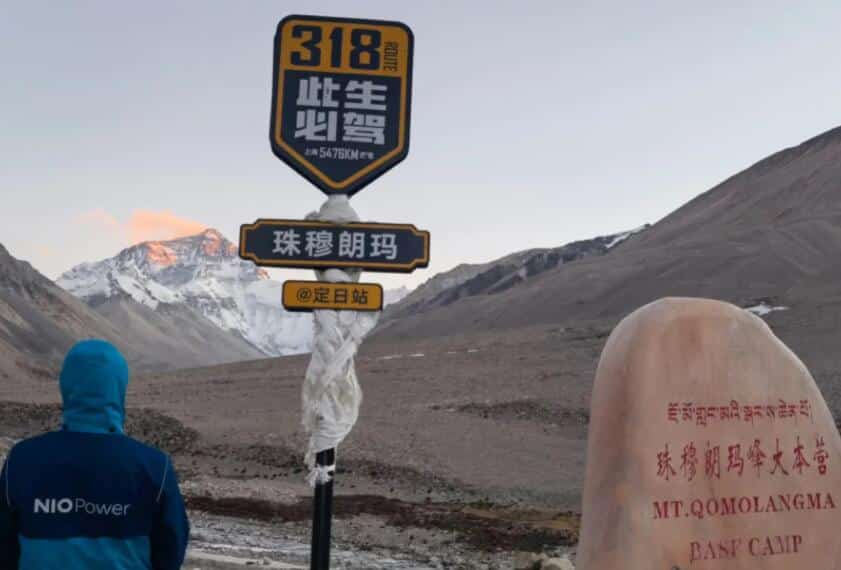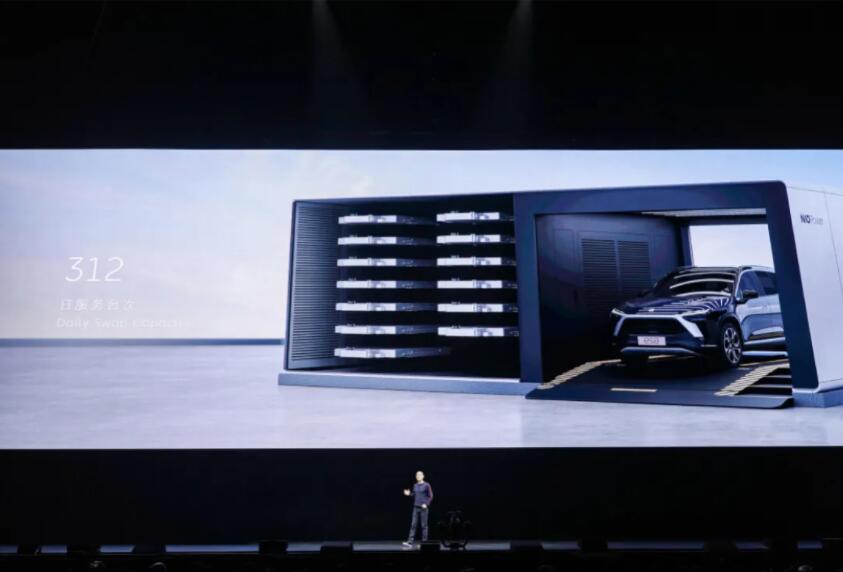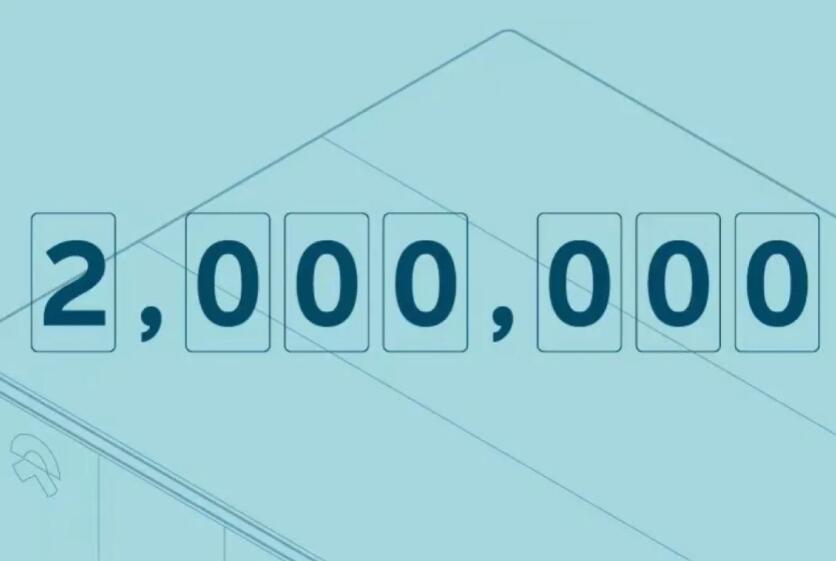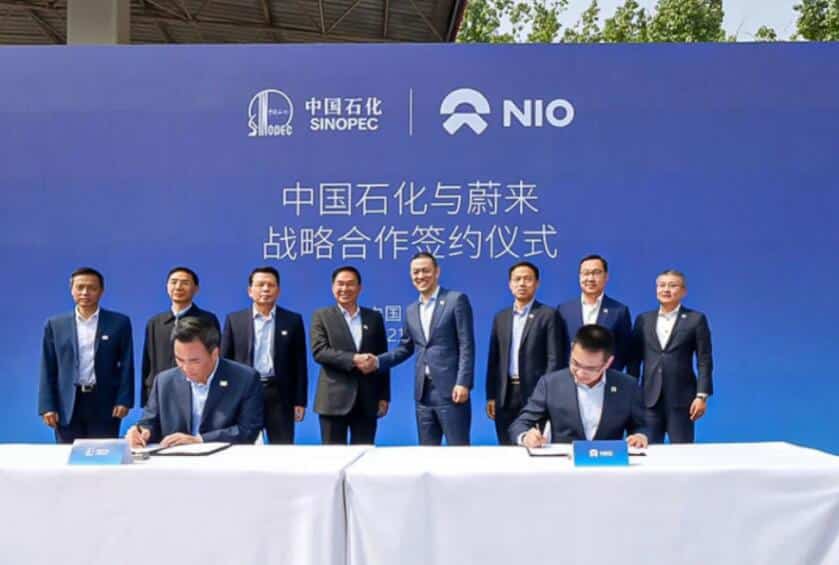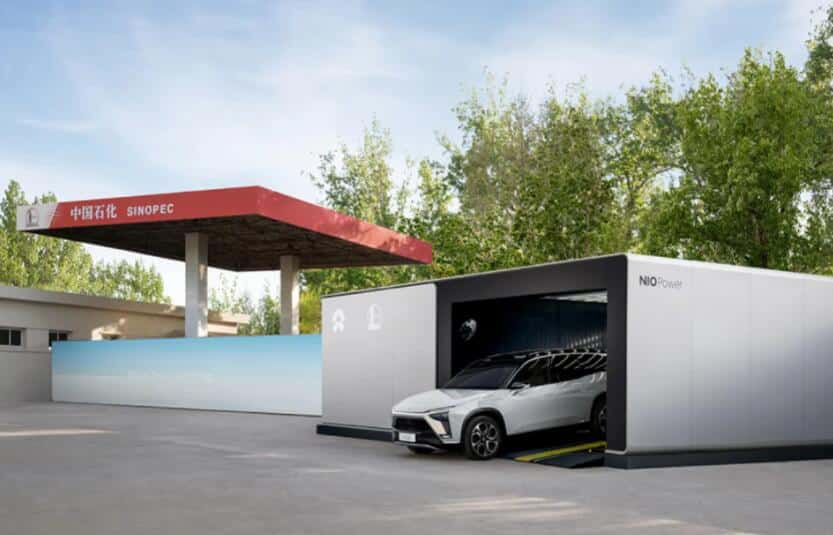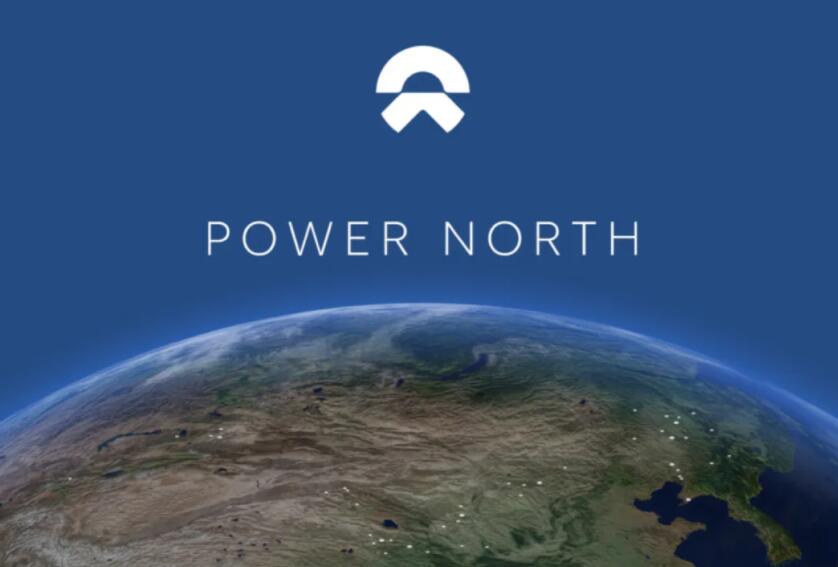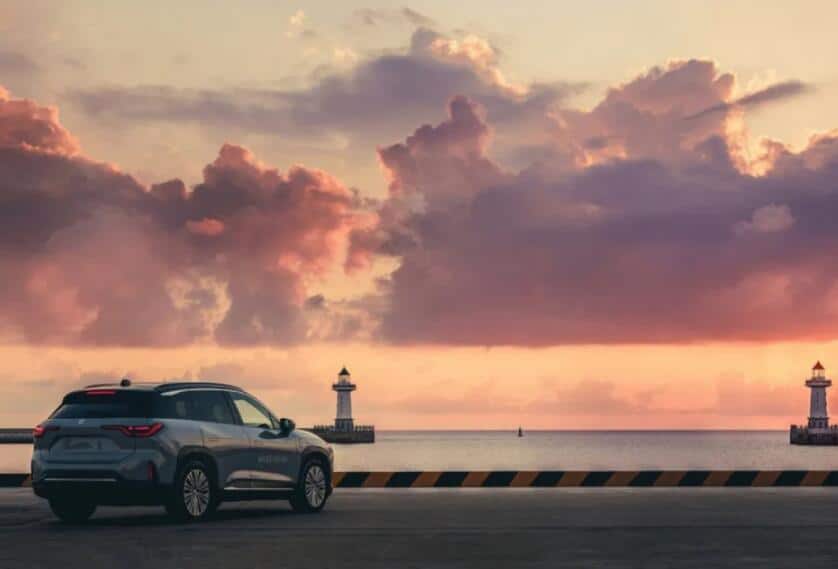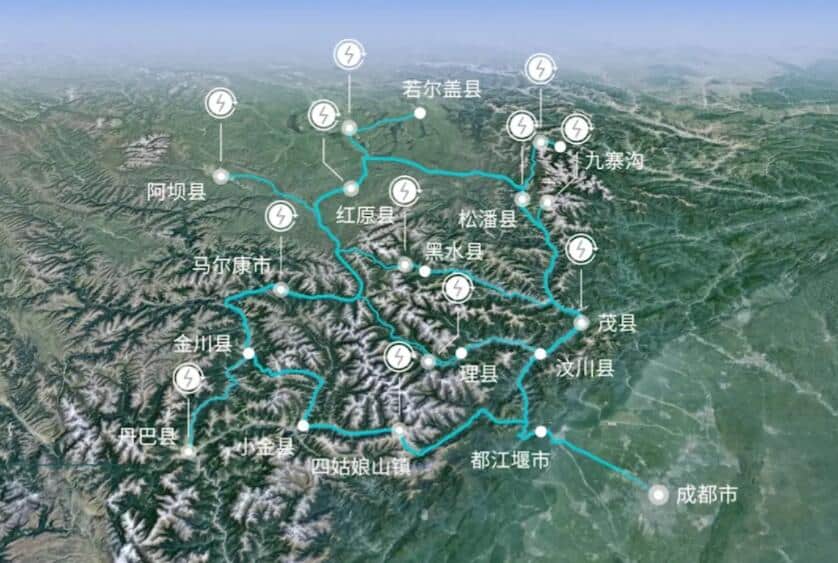June 28 marks the third anniversary since the start of the service of Nio Power, Nio's energy services system, and Nio lists the milestones in the service's history in an article published today.
Nio Power was unveiled on December 16, 2017. As a mobile Internet-based power solution, it relies on Nio Cloud technology to build a "rechargeable, battery swappable and upgradeable" energy service system.
On December 16, 2017, Nio's battery swap station was unveiled for the first time. It is supported by more than 1,300 patents and takes only one song to replace a fully charged battery for users.
On April 30, 2018, Nio installed the first home charging pile for a customer, who is an Nio ES8 Founding Edition owner in Shanghai.
As of June 28, Nio has installed home charging posts for more than 70,000 customers.
On May 20, 2018, Nio built its first battery swap station in Nanshan District, Shenzhen. As of June 28, Nio has 284 battery swap stations in China.
On June 28, 2018, Nio Power started providing services to users using this name for the first time. Users can use one-click power-up on Nio App, and Nio staff will provide door-to-door service.
Based on Nio Cloud, Nio selects the optimal power-up solution for users to ensure that it helps them replenish their energy in the shortest possible time.
As of June 28, Nio has completed more than 600,000 one-click power-up services.
On November 15, 2018, Nio built the first highway battery swap network along the G4 Beijing-Hong Kong-Macau Expressway.
Nio opened 18 battery swap stations at 14 service areas along the route from Beijing to Shenzhen at the same time on this day, covering a driving distance of 2,234 km.
On April 21, 2019, Nio launched the Supercharger, which supports a maximum of 180kW km and 250A current.
On July 9, 2019, Nio's first Supercharger station was put into operation at its delivery center in Suzhou. As of June 28, Nio has 194 Supercharging stations in China.
On December 27, 2019, Nio released the 20kWh home fast charging post, which triples the charging speed compared to the previous 7kW version.
The charger can reduce the time it takes to charge a vehicle from 20% to 90% of its capacity by 6.5 hours.
On August 20, 2020, Nio launched its battery as a service (BaaS) service, which allows customers to purchase a vehicle without purchasing the battery.
The launch of BaaS allows Nio to begin offering a "rechargeable, battery swappable, upgradeable" service that allows customers to lower the barrier to purchase while eliminating their concerns about battery degradation, the inability to upgrade, and the low retention of the vehicle's value.
On September 26, 2020, Nio launched the Power Up Plan to recruit partners to build charging infrastructure together.
Nio's aim is to build flexible destination charging networks in the travel, business, and leisure scenarios of people in China. As of June 28, Nio has built 373 destination charging stations.
On November 5, 2020, Nio released a user upgrade program for 100kWh batteries and a corresponding BaaS purchase program so that users can begin to enjoy the benefits of battery technology advancements.
On November 27, 2020, Nio and State Grid EV Service signed a partnership agreement with the goal of jointly building 100 charging stations and battery swap stations in 2021.
On December 22, 2020, Nio opened a charging route from Chengdu to Mount Everest, deploying 14 destination charging stations along the way.
The route covers more than 2,900 km and reaches a maximum altitude of 5,200 km.
On January 9, 2021, Nio launched the second-generation battery swap station, which has tripled the service capacity compared to the first generation and can complete up to 312 services in a single day.
The battery swap station can provide unattended service, and the user can click a button on the center screen in the car, and the vehicle can be parked automatically.
By March 24, 2021, Nio had provided more than 2 million services to customers, meaning that on average, a fully charged battery was replaced at the Nio battery swap station every 10 seconds.
By that time, Nio had provided nearly 100 million kWh of electricity, or 2.96 kilometers of driving distance, and reduced 26,065.5 tons of carbon emissions.
On April 15, 2021, Nio entered into a strategic partnership with Sinopec Group, a Chinese oil industry giant, agreeing to jointly build charging and battery swap infrastructure and cooperate in new materials, smart electric vehicles, and battery rental services.
On April 15, 2021, Nio's first second-generation battery swap station, located at one of Sinopec's gas stations in Beijing, was put into operation, making it Nio's 201st battery swap station in China.
William Li, Founder, Chairman and CEO of Nio, and Zhang Yuzhuo, Chairman of Sinopec, witnessed the launch ceremony of the battery swap station.
As of June 28, Nio has built more than 100 second-generation battery swap stations in China.
On April 19, 2021, Nio launched the Power North plan to enhance the vehicle experience in eight northern provinces of China, including Longjiang, Jilin, Liaoning and Inner Mongolia.
Nio plans to build 100 battery swap stations, 120 mobile charging vehicles, 2,000 Superchargers and over 10,000 destination charging posts in these regions within three years.
On May 11, 2021, Nio and Sansha City of Hainan Province launched the Green Island Co-Building Program to promote clean energy development in the Xisha Islands.
Nio is providing electric vehicles and building charging and energy storage facilities to Sansha City to say goodbye to fossil fuels in the local travel scenario.
On June 1, 2020, Nio opened the second route under the Power Up program - a route covering the mountains of southwestern China from Chengdu via China's National Highway 318.
The area spans 340 kilometers east-west and 800 kilometers north-south, and Nio has installed 12 destination charging stations on the route.
(Source: Nio)

